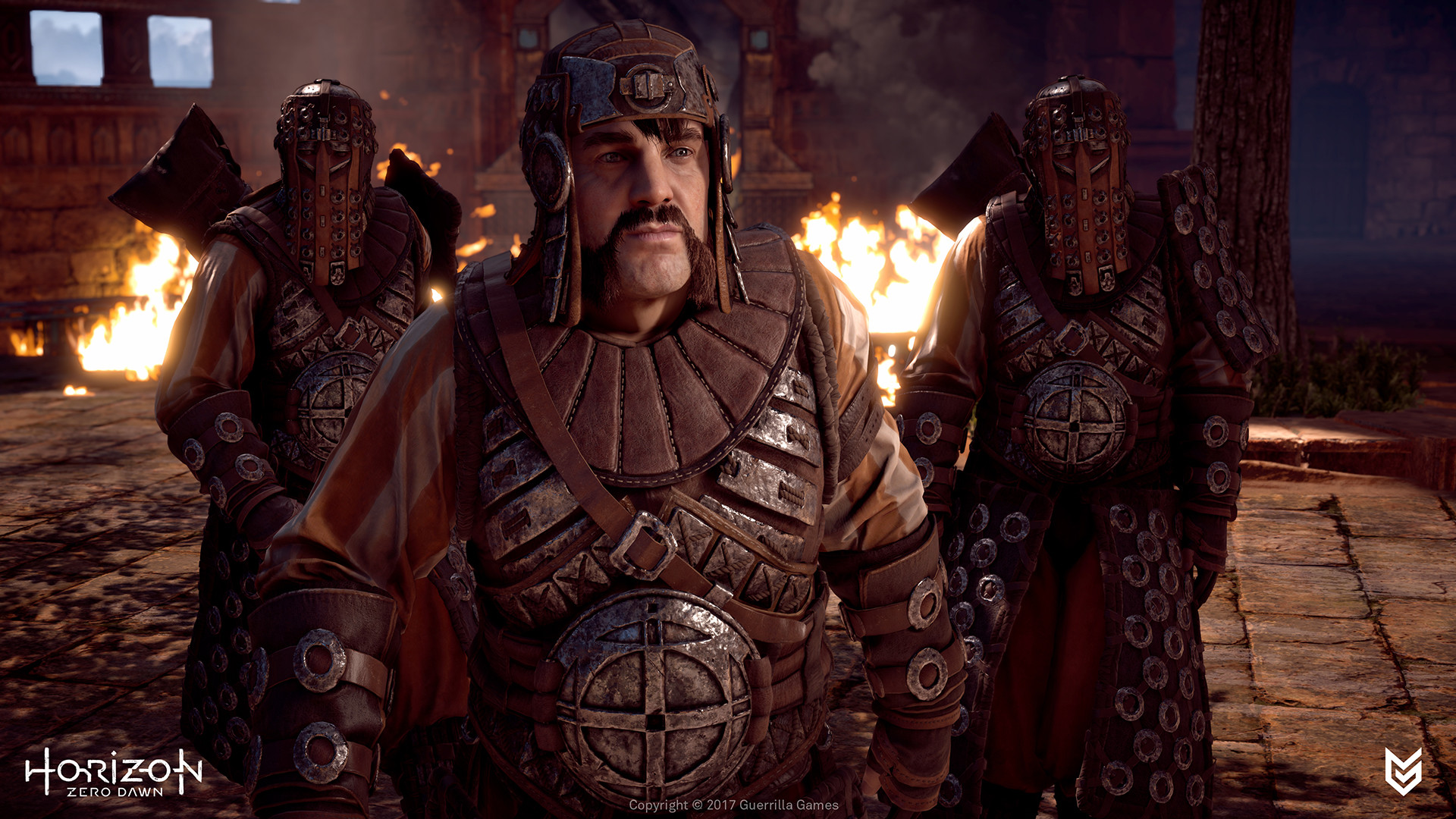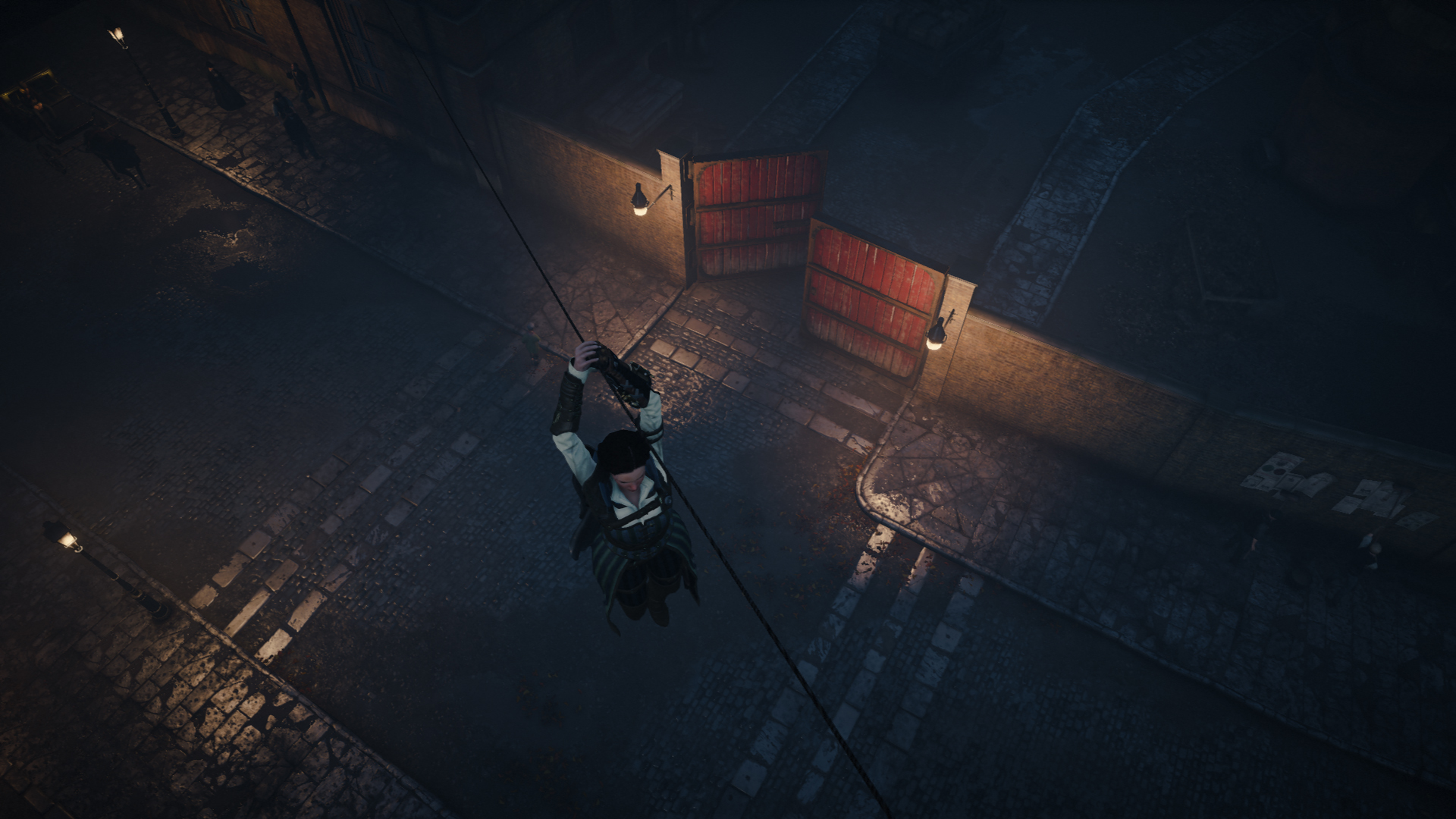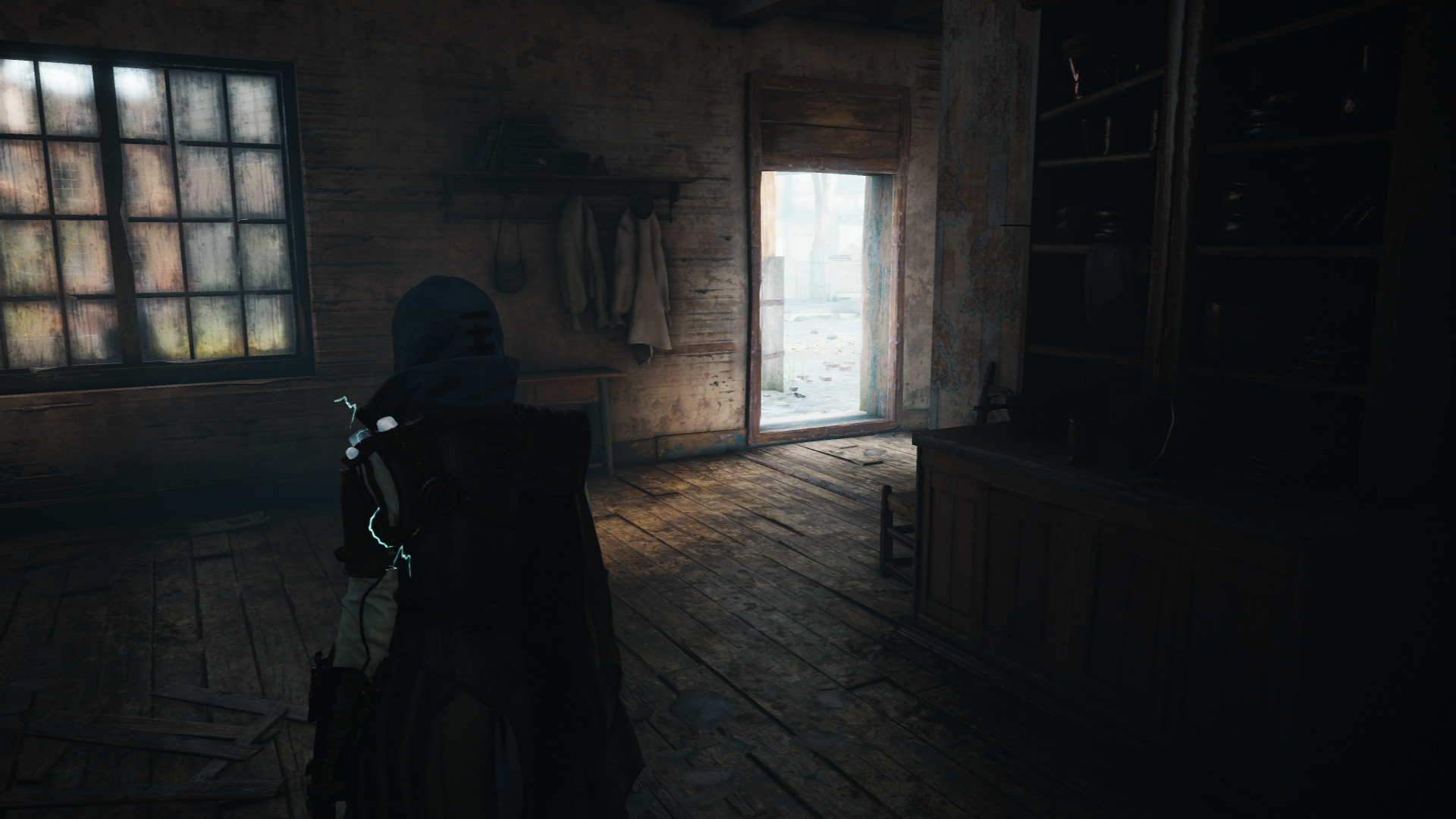I don't think all PBR systems are equal. I mean, many games since being released in 2013 going forward have been PBR, and not many have been able to nail the lighting for PBR correctly.A big selling point of PBR is that you don't have to do that. By using physically based values instead of eyeballing things materials look right in all kinds of lighting conditions. Scapes demonstrate this well.
ie, look at all Bioware games with PBR, it's pretty off. Look at the metal armor in this case, quite shiny and completely out of place.

Assassin's Creed is all PBR as well, but only Unity looks exceptionally amazing, all other Asses don't look nearly as good.

The metal seems way off once again here in Syndicate.
Whereas I see way less of these issues in Unity for instance. Its PBR seems to work really well.
Anywhere in this clip, you don't see those PBR type issues with metal: (look at 9:54, the watch, looks great!)
And we don't see these PBR issues with Order 1886, Ryse Son of Rome, or GTS.
But we see these weird PBR interactivity issues with Halo 5, Forza 5+, even Gears etc. I think some would agree that certain engines, like the Fox engine for instance, has less of these issues.
So overall, I don't think PBR values on pipeline itself is enough to make things look right, it must take more than just PBR based rendering to make things look physically based. That pipeline and how the lighting interacts with those PBR values is probably what really separates games from each other, even though they are using the same features.





